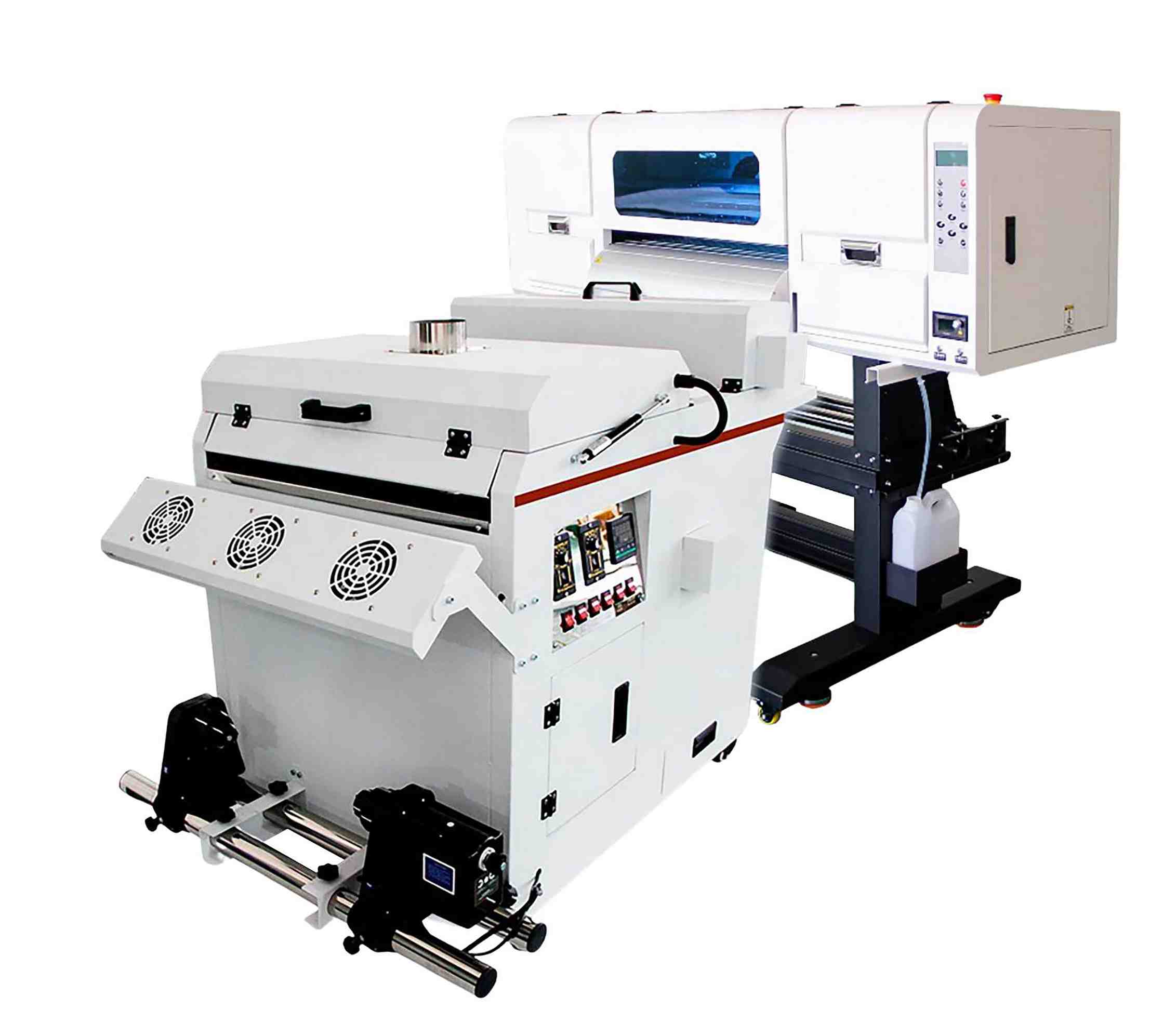Utilizing the Power of DTF Printing: Strategies for High-Quality Fabric Styles
Mastering DTF Printing: Idea for Getting Vibrant and Resilient Prints
Worldwide of fabric printing, attaining vibrant and resilient prints is a sought after ability that can elevate the top quality of your result. Grasping DTF (Straight to Film) printing calls for a mix of technical understanding, accuracy, and attention to detail. From choosing the best materials to tweak print setups and perfecting post-printing finishing techniques, there are numerous variables that can influence the result of your prints. Comprehending exactly how to browse these details can make all the distinction between a mediocre result and a truly remarkable one.

DTF Printing Fundamentals
For those new to the globe of textile printing, recognizing the fundamentals of DTF printing is vital to understanding this cutting-edge technique. Straight to Film (DTF) printing is a contemporary approach that includes transferring layouts from an unique movie onto different fabrics making use of a warm press. Unlike typical techniques like display printing, DTF offers benefits such as vivid shades, detailed describing, and the capability to print on diverse products like cotton, polyester, and blends.
The procedure starts by publishing the style on an unique DTF movie utilizing a compatible printer with CMYK or CMYKW ink sets. When the design is printed, it is then healed with a warmth press to develop a resilient and durable print. DTF printing is recognized for its ability to duplicate intricate styles with high precision and color precision, making it a prominent choice for services aiming to develop customized apparel, marketing products, and more.
Picking the Right Products

The adhesive powder acts as a bonding agent in between the published layout and the material, so it needs to have solid bond buildings to ensure a long lasting and resilient transfer. By very carefully picking the right materials for DTF printing, printers can boost the top quality, vibrancy, and longevity of their prints.
Maximizing Publish Setups
When intending to accomplish the finest results in DTF printing, thorough interest to maximizing print settings is critical for making certain high-grade and precise transfers onto fabrics. One vital element to consider when maximizing print setups is the resolution.
An additional important setting to enhance is the print rate. Discovering the best equilibrium between rate and quality is essential. While raising the rate can boost efficiency, it might compromise the last print's clearness and shade saturation. Exploring with various rates and observing the outcomes can aid identify the ideal setup for each and every print job - DTF Printing.
Additionally, fine-tuning color profiles and making certain proper color monitoring are crucial for accomplishing accurate and consistent colors across different prints. By adjusting color settings and accounts, printers can minimize color deviations and create uniform results, enhancing the general find this print quality and consumer satisfaction.
Preparing Art Work for DTF Printing
Convert the art work to CMYK color mode to make sure that the colors equate precisely from screen to print. Bear in mind to mirror the final layout prior to printing to make certain that it moves appropriately onto the garment. By complying with these steps and paying close attention to the details, you can prepare artwork that is optimized for dynamic and durable DTF prints.
Post-Printing Finishing Techniques
Executing reliable post-printing ending up techniques is essential to improving the toughness and visual allure of DTF prints on textiles. As soon as the printing procedure is complete, applying warmth to the published design is essential (DTF Printing). Warm not just aids in healing the ink however additionally makes certain that the shades are long-lasting and lively. A heat press device evaluated the recommended temperature level and pressure settings can help accomplish optimal results.
When the film is removed, the print may need added treating time to better set the ink right into the fabric. This step aids enhance the washability and toughness of the print, ensuring it can withstand multiple wash cycles without fading or cracking.
Furthermore, trimming any excess film around the style can provide the last print a clean and professional appearance. Making the effort to effectively end up DTF prints post-printing can significantly impact the overall high quality and durability of the fabric style.

Conclusion
To conclude, mastering DTF printing you can look here calls for an extensive understanding of the essentials, choosing ideal products, maximizing print setups, preparing artwork properly, and utilizing post-printing completing methods. By complying with these tips and techniques, one can accomplish durable and vibrant prints that meet their preferred high quality standards. Regular method and attention to detail are vital in accomplishing effective results in DTF printing.
From choosing the best materials to fine-tuning print setups and improving post-printing finishing strategies, there are many aspects that can affect the result of your prints. Unlike typical approaches like display printing, DTF provides benefits such as dynamic colors, intricate describing, and the capacity to publish read this article on diverse products like cotton, polyester, and blends.
As soon as the style is printed, it is then healed with a warmth press to create a resilient and long-lasting print.When intending to achieve the finest results in DTF printing, careful attention to enhancing print setups is essential for guaranteeing high-quality and accurate transfers onto fabrics.In conclusion, grasping DTF printing requires a comprehensive understanding of the basics, selecting proper materials, optimizing print setups, preparing art work effectively, and utilizing post-printing ending up techniques.